Varicose
Veins
A Caring Approach to Healthier Legs
Tired of painful, swollen, or unsightly varicose veins? At IR Clinic, we specialise in quick, effective treatments with no surgery, no scarring, and minimal downtime.
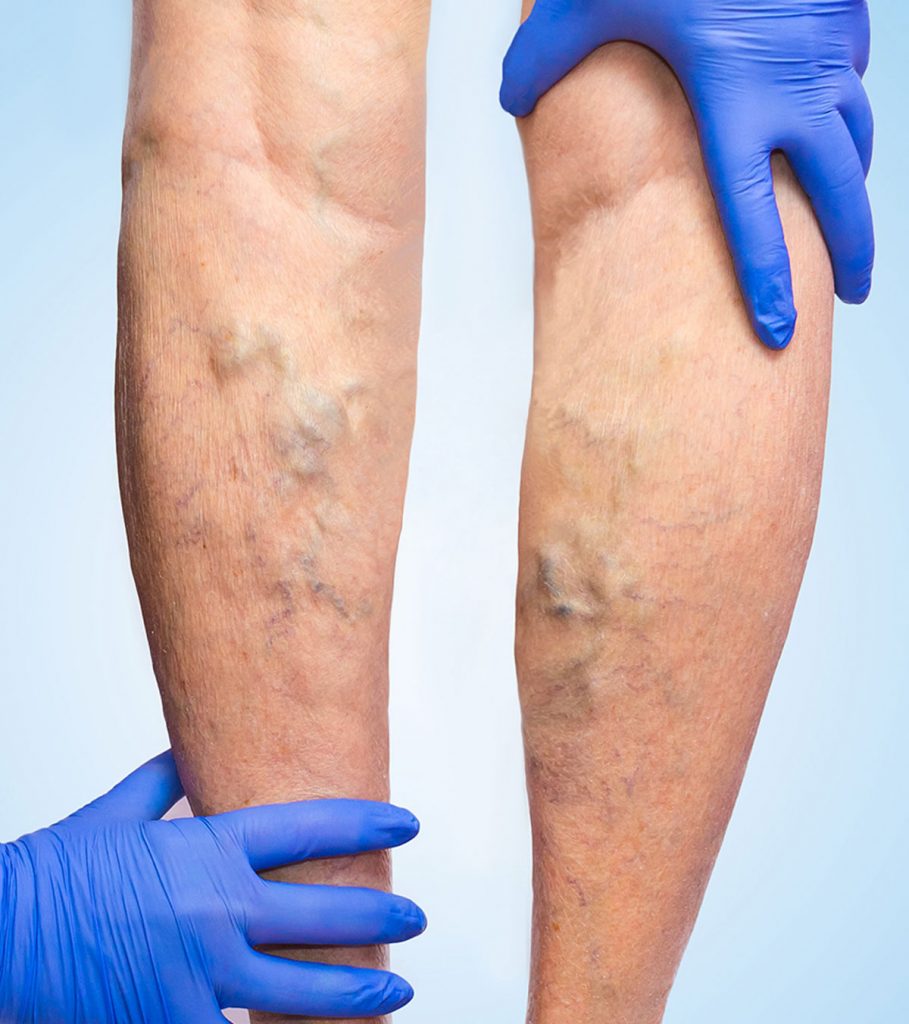
What are
Varicose Veins?
Varicose veins are swollen veins in the legs that are often visible on the surface of the skin or just beneath. They are often blue or green in colour and noticeably raised above the skin, often in a twisted & bulging pattern.
Common Symptoms of Varicose Veins
If left untreated, they can worsen over time—but the good news is, modern treatments are fast and minimally invasive!
Aching, heaviness, or fatigue in legs
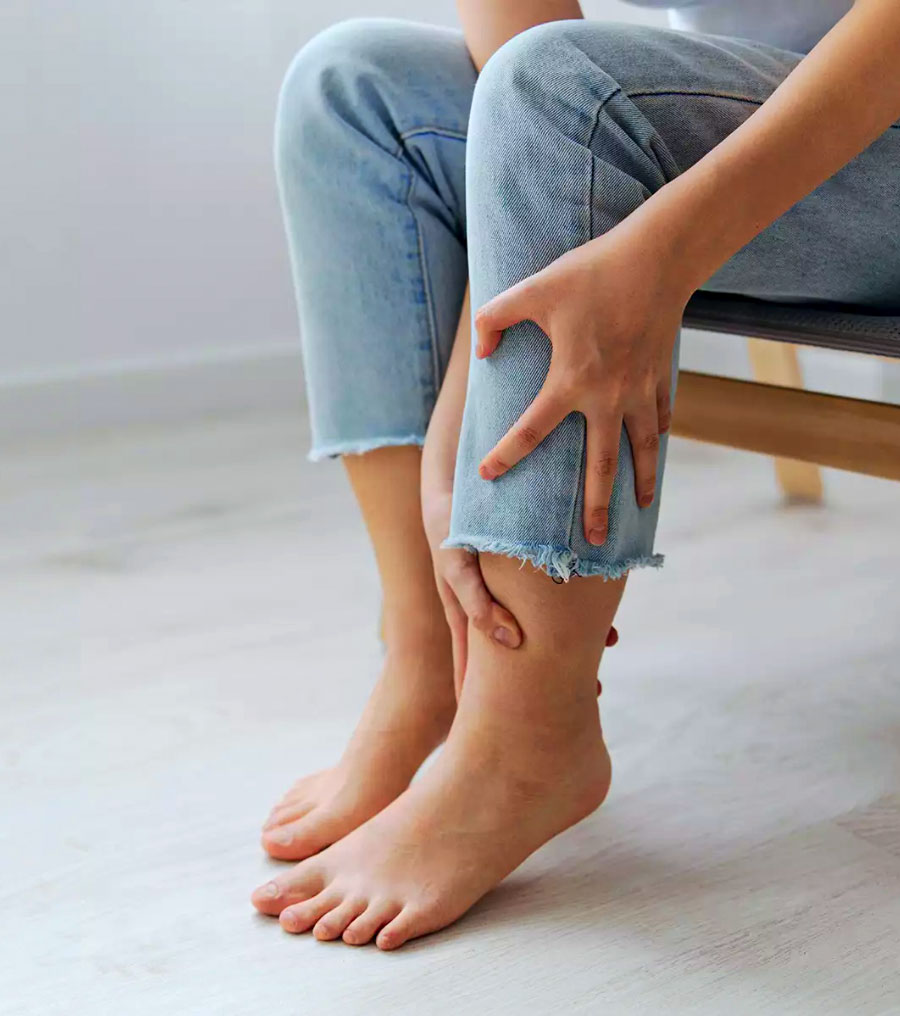
Swelling, itching, or burning sensation
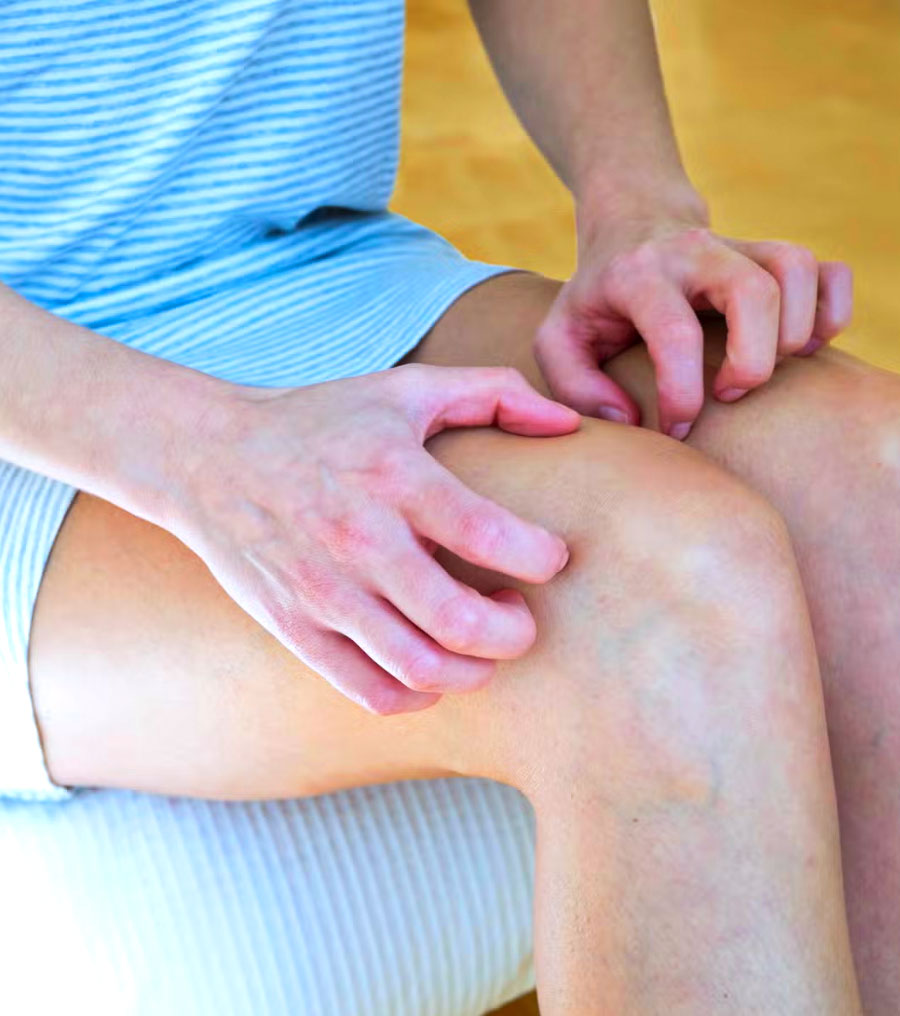
Visible bulging veins or dark blue/purple lines
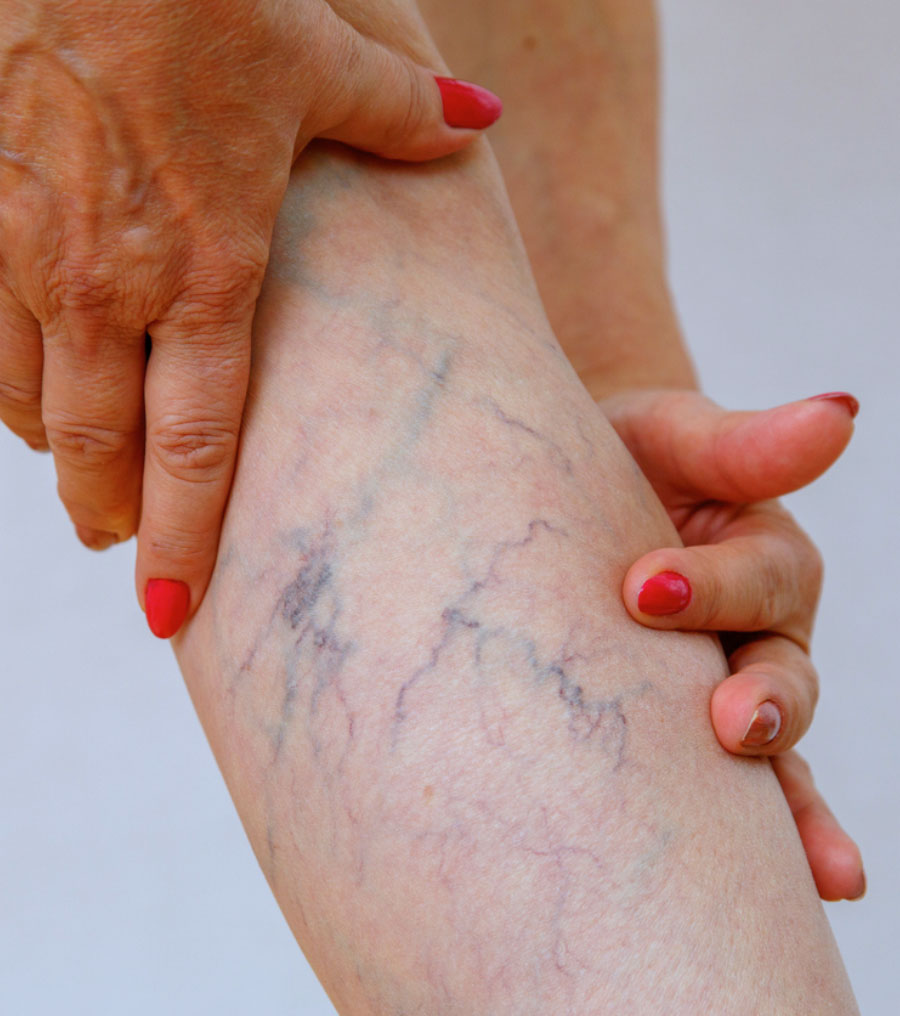
In severe cases, skin discoloration or ulcers
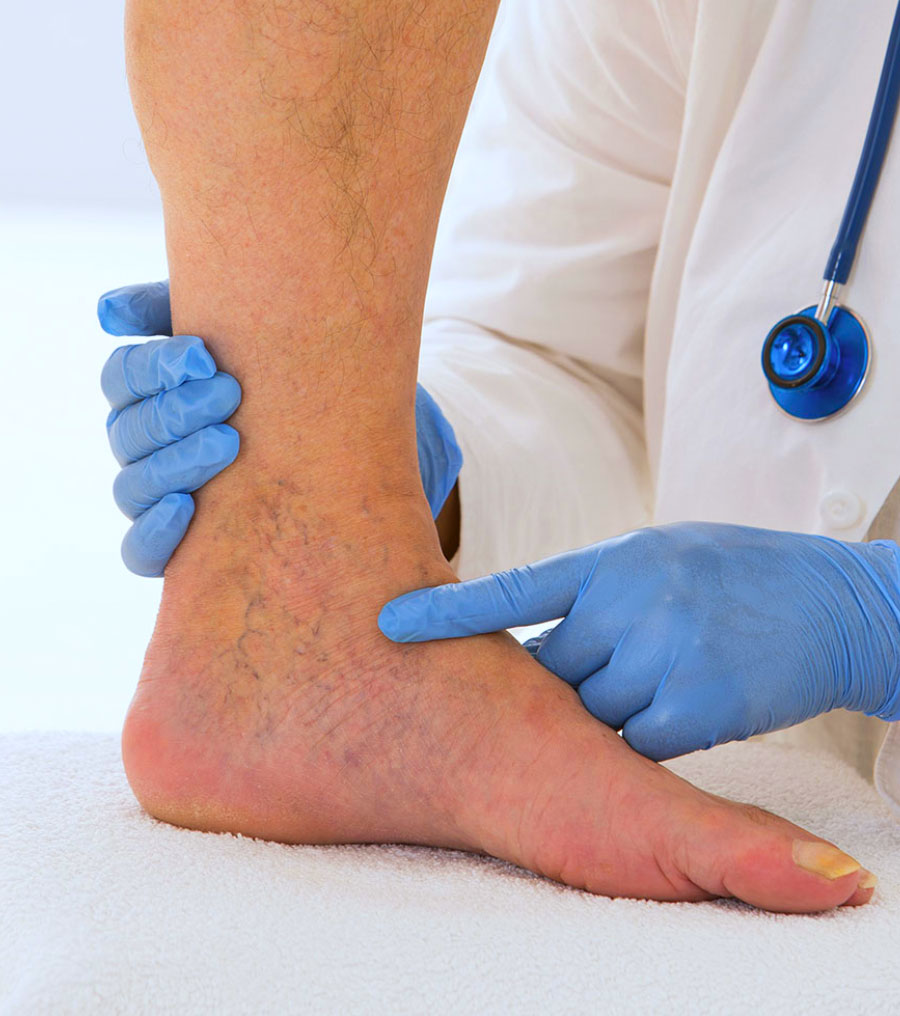
Our Advanced Treatment Options
At IR Clinic we use advanced image-guided techniques (no surgery required!) to treat varicose veins safely and effectively.
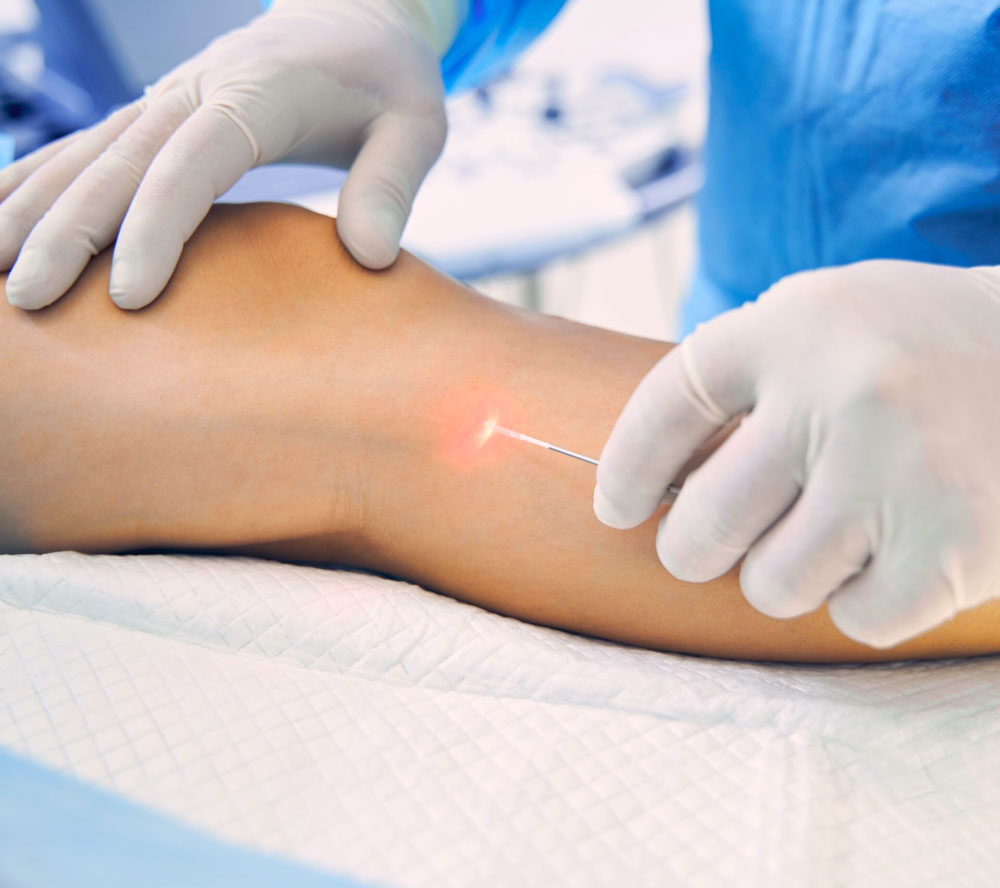
Endovenous Laser Ablation (EVLA) – The Gold Standard
Our gentle laser treatment closes problem veins in just 30 minutes during a simple office visit. Using only local anesthesia, you’ll walk out with no stitches or scars and can resume daily activities immediately. This proven approach offers the most effective solution for varicose veins with minimal downtime.
Ultrasound-Guided Foam Sclerotherapy – For Smaller Veins
Our gentle foam treatment precisely targets spider veins and small varicose veins using ultrasound guidance. The quick 20-30 minute procedure requires no anesthesia or downtime, allowing you to return to normal activities immediately. This comfortable, non-surgical approach effectively treats delicate veins while minimizing discomfort and recovery time. Most patients see excellent results with just one session.
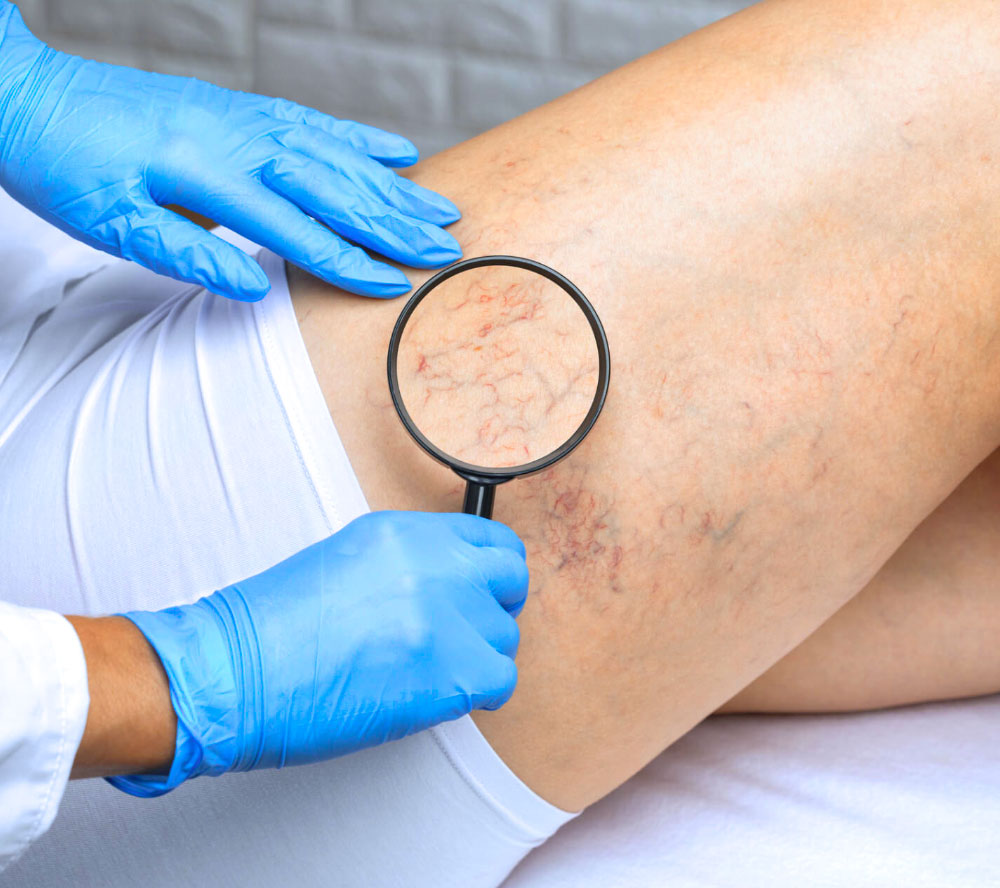
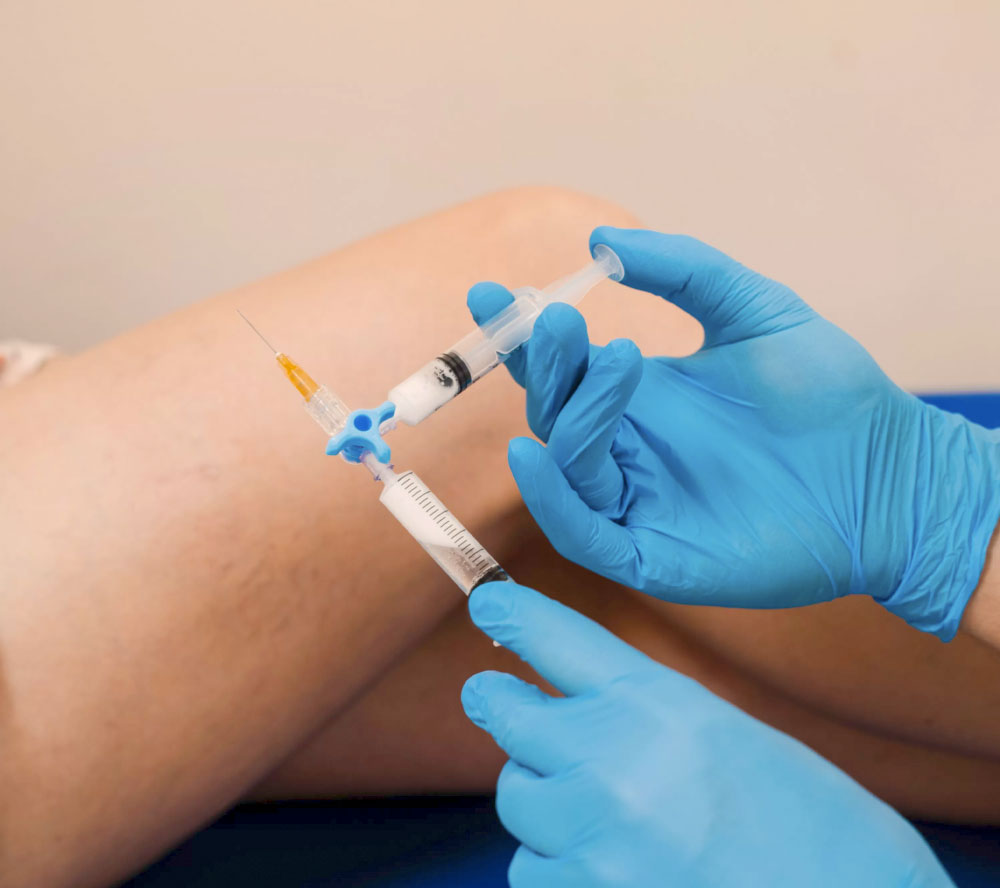
VenaSeal™ – The Innovative “Vein Glue” Treatment
This advanced treatment uses a safe medical adhesive to seal problem veins—no heat or needles required. Unlike other methods, VenaSeal™ requires no compression stockings afterward, and you can return to normal activities immediately. It’s the simplest recovery option available for varicose veins, with most patients resuming their routine right after treatment.
Why Choose IR Clinic for Varicose Vein Treatment?
Experts in minimally invasive care
(no surgery!)
Personalised treatment plans
based on ultrasound mapping
Fast
procedures
(most take under an hour)
Minimal downtime
you can walk right after!
Frequently Asked Questions (FAQs)
Varicose veins can affect both men and women, but the exact cause isn’t always clear. Genetics play a key role—if you have a family history of weak veins, you may be at higher risk.
For women, hormonal factors like puberty, pregnancy, and oral contraceptives (due to estrogen) can contribute to vein abnormalities. During pregnancy, the growing uterus can restrict blood flow from the legs, increasing the chances of varicose veins.
Other risk factors include:
- Aging (gradual weakening of vein valves)
- Obesity (extra weight puts pressure on veins)
- Prolonged standing (common in certain jobs)
Spider veins (smaller, visible veins) and varicose veins are often linked to these conditions. If you're concerned about your risk, lifestyle changes and early treatment can help.
Varicose veins develop when the tiny valves inside your leg veins stop working properly. But how does this happen?
How Healthy Veins Work
- Your veins rely on one-way valves to push blood upward against gravity.
- When your calf muscles contract (like when walking), they help pump blood toward the heart.
- These valves ensure blood flows in one direction only, preventing it from pooling in your legs.
What Goes Wrong?
When the valves weaken or fail:
- Blood flows backward instead of moving upward.
- Pressure builds up in the veins, causing them to stretch and bulge.
- The result? Twisted, swollen varicose veins—often visible under the skin.
Key Factors That Weaken Vein Valves
- Genetics (family history of vein issues)
- Prolonged standing or sitting (reduces circulation)
- Aging (natural wear and tear on veins)
- Pregnancy & hormones (increased blood volume and pressure)
Understanding this process helps explain why lifestyle changes and early treatment can make a difference!
While there’s no guaranteed way to prevent varicose or spider veins, these proven strategies can help reduce your risk and keep your veins healthier:
- Wear Compression Stockings
- Medical-grade compression socks improve circulation and may prevent small vein issues from worsening.
- Ideal for those who stand or sit for long hours.
- Stay Active & Exercise Regularly
- Movement keeps blood flowing—try walking, swimming, or cycling.
- Focus on calf-strengthening exercises to boost vein circulation.
- Maintain a Healthy Weight
- Excess weight puts extra pressure on veins, increasing the risk of damage.
- A balanced diet rich in fiber and antioxidants supports vein health.
- Avoid Prolonged Sitting or Standing
- Take short walks every 30 minutes if you have a desk job.
- Shift your weight and stretch if standing for long periods.
Bonus Tip: Elevate Your Legs
- Raising your feet above heart level for 10-15 minutes daily helps reduce vein pressure.
While genetics play a role, these habits can significantly lower your chances of developing severe vein problems!
Although dilated blood vessels do carry some blood, they are not very efficient and most often are not necessary to the circulatory system. The body already has an established alternative route for the blood to travel back more efficiently to the heart. Varicose veins can therefore be treated without damaging the circulation, often improving venous circulation.
Vein problems in the leg generally worsen over time. While it is hard to predict how long this will take, progression is usually measured in months or a few years, and can be different for each individual.
The needles used are very small and fine and most patients will only experience minor discomfort. Individual injections can cause a slight burning sensation, similar to an insect bite, for a few seconds.
Almost painless Performed on an outpatient basis Under local anaesthesia With a simple puncture Absence of skin incisions, limiting scarring Very effective Result in little or no postoperative discomfort The patient can resume his normal activities very quickly (without interruption of work)
Varicose veins serve no useful function to the body’s circulation. They do not return blood to the heart and our body has already established alternative pathways to bypass the abnormal varicose veins. When varicose veins are closed down, the circulatory system improves, as do many of the symptoms.
The veins that have been treated effectively will not return. With UGS, varicose veins can be effectively treated without the need for surgery, but for some people varicose veins are a reoccurring problem because the underlying causes cannot be changed e.g. heredity and aging. As this is largely a genetic condition, presently normal veins may develop incompetence and enlarge over time, leading to secondary varicose veins.
At present, there is no medication or any other method to repair defective venous valves causing varicose veins. The best solution remains the neutralization of the diseased vein, either by removing it (surgery: stripping and / or phlebectomy) or by destroying it with a chemical method (foam sclerotherapy), or by thermal ablation (laser). Internationally, thermal ablation has become the standard treatment of veins and not surgery.
This treatment is performed on an outpatient basis under local anaesthesia. It is not necessary to be fasting and to interrupt your regular medication. The entire procedure is guided by ultrasound and performed with sterile equipment. A simple puncture of the vein at the lower leg level to introduce the optical fibre into the vein is done. Local anaesthesia is then carried out (tumescent). It anesthetizes the tissue around the vein and protects the surrounding tissue against damage during the procedure. The vein can then be treated painlessly over the entire desired length. You can walk immediately after the treatment. Treatment allows an immediate return to normal activity.
It is advised to resume normal activities immediately after treatment. Only intense efforts must be avoided within the first few days. Walking is recommended. In the absence of pain, sports activities can be resumed within days.
Resuming strenuous activity depends on your treatment. After sclerotherapy for spider veins, you can begin exercising after 24 hours. However, with microphlebectomy or laser ablation, we recommend that you wait two weeks to allow for best healing, and to reduce the chances of the vein reopening.
Patients typically can expect to see results within 1-2 weeks post procedure.
The most common side effect is minor discomfort and bruising. Current vein treatments are very safe and dangerous side effects are rare. Side effects such as infection or serious blood clots occur in less than 1% of patients.
After Varicose Vein Treatment you will be fitted with thigh high/open toes class two compression stockings. You will need to wear these stockings for between 5 to 14 days. Wearing these stockings further reduces the already low risk of deep vein thrombosis (DVT). The wearing of the compression stockings is an important part of your treatment. Compression following your vein treatment assists in the healing process and will reduce the degree of bruising, inflammation, swelling and trapped blood. Any questions you have regarding the wearing of stockings will be fully explained when you come in for treatment.
We ask that you avoid any long plane or car trips for three weeks after any of our vein treatments. This is to avoid increasing your risk of developing a blood clot or deep vein thrombosis.
Patients are able to return to work the day after and resume normal daily activities shortly after their outpatient procedure.
- Significantly shorter recovery times
- Less post-operative pain and scarring
- A lower risk of infection
